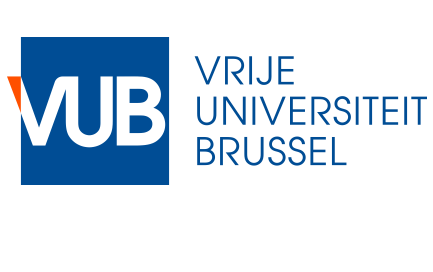Declarative Authoring Language
One of the factors that contributes to the data-driven ideology of MindXpres is its declarative authoring language.
Much like how LaTeX is used for text documents, MindXpres aims to provide a similar language to define presentation content without having to worry about styling or layout. This language can be used as an alternative to the graphical editor. Currently the language is based on XML but as most of a MindXpres presentation is defined by plug-ins, the "vocabulary" is not fixed.
Instead, each plug-in exports a series of tags that can be used in the authoring language.
After compilation, the above XML format will be compiled to an HTML-based bundle with the following result. Because the "section" tags were used the "structured presentation" structure plug-in was invoked to provide the presentation and navigation style. In this case the plug-in provides a zoomable user interface giving an overview of the sections and their content, and allowing the user to traverse the slides in order, via a predefined navigation path or by freely navigating and selecting the content. Also note that most of the styling and layout was done without user intervention.
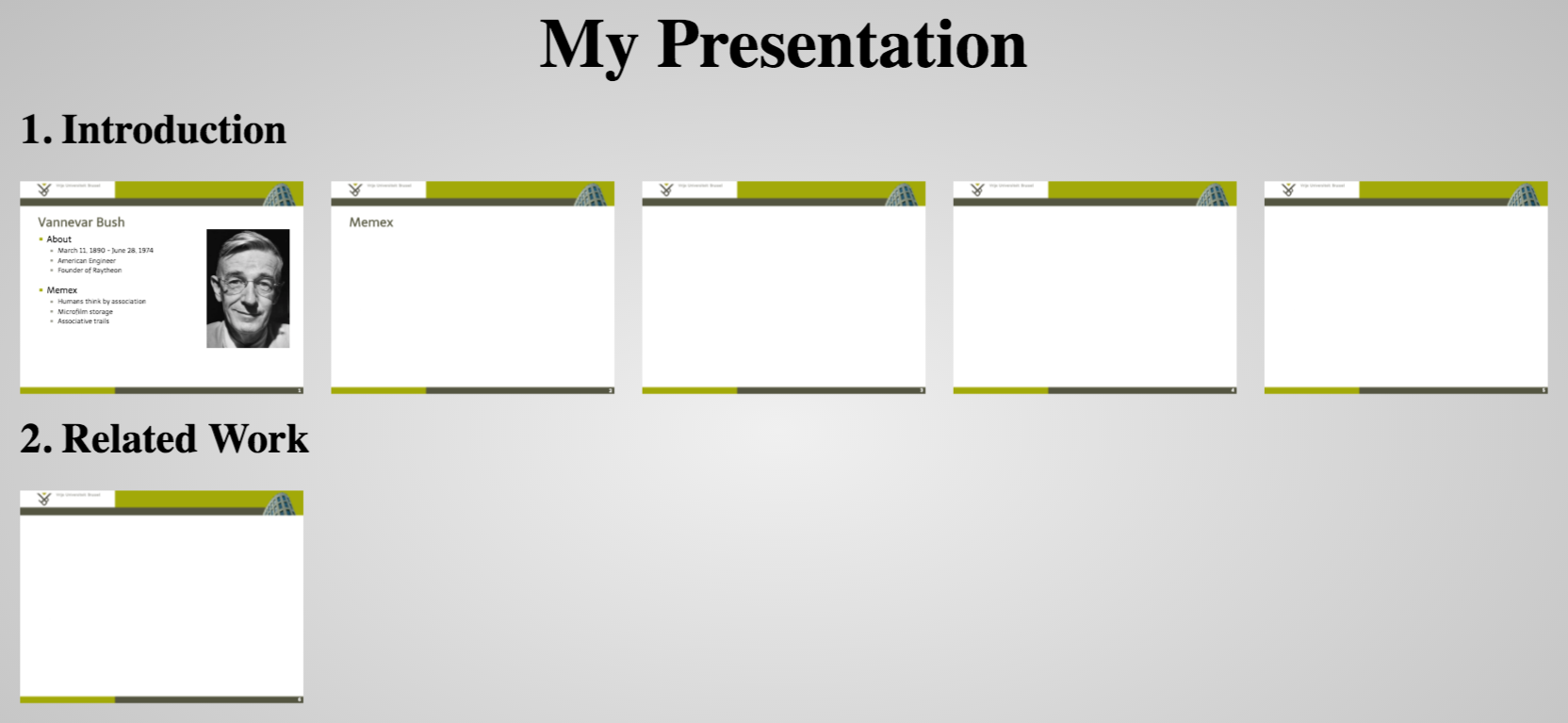
Also note that the declarative language makes it easier for 3rd parties to implement alternative graphical editors. These editors would just need to generate the XML for the user and MindXpres will be able to create a presentation out of it.
Relevant Publications
-
Roels, R. and Signer, B.: "MindXpres: An Extensible Content-driven Cross-Media Presentation Platform", 2014, Proceedings of WISE 2014, 15th International Conference on Web Information System Engineering, Thessaloniki, Greece, October, 2014


 MindXpres, slideware, cross-media transclusion, non-linear avigation
MindXpres, slideware, cross-media transclusion, non-linear avigation
Feature Overview
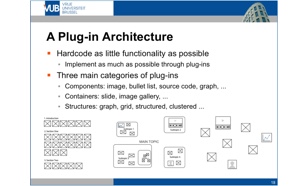
In MindXpres everything is a plug-in. From the way content is visualised and navigated all the way down to basic components such as images or text, anything can be configured or even replaced.

The plug-in mechanism allows presenters to choose the presentation visualisation style that suits their content and use case. This includes classic slide sequences, zoomable user interfaces as known from Prezi or other innovative visualisation.
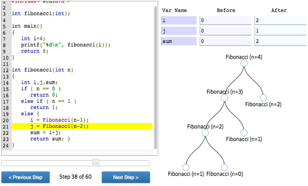
Long gone are the days of static slides with bullet lists and images only. MindXpres plug-ins might provide rich media visualisations reacting to the presenter's or even the audience's input.
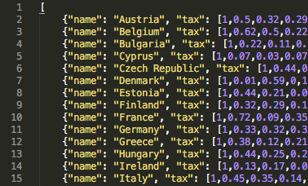
MindXpres allows you to focus on the content instead of spending time on styling and layout. Pick a theme, provide the content and let MindXpres worry about the visualisation.
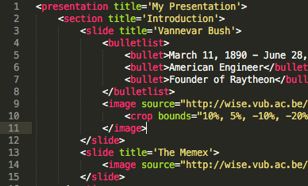
Presentations can also be authored via a declarative language that functions similar to LaTeX. However, in contrast to LaTeX the language can be used to define more dynamic and interactive presentations with access to all MindXpres features and functionality.

Instances of a MindXpres presentation can connect to each other which, for instance, allows audience members to have a mirrored view of what is shown by the presenter on their devices. Other use cases include audience-driven activities such as voting or crowd-sourced note taking.

Regardless of the chosen visualisation style, the user decides in which order content is presented, either by predefining a path or by using one of the many interfaces to efficiently navigate the content in real-time.

MindXpres presentations can not only connect to each other but all kinds of hardware can be integrated in the network for navigation, interaction or audience participation. Examples include customised presenter interfaces running on a mobile device, clickers for audience input or specialised hardware for gesture or voice recognition.
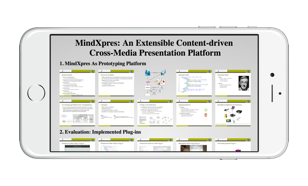
MindXpres generates presentations based on web technologies allowing them to run offline or online, on both computers and mobile devices without the need to install any software. Furthermore, presentations can easily be put online and viewers can replay the presentation as it was given, or explore the presentation by themselves.
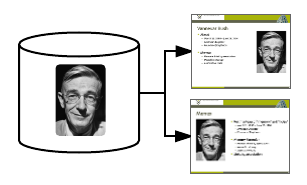
Instead of storing presentations in separate presentation files, MindXpres stores all user content in a central repository. This makes it easier to reuse and share content at any granularity, and also allows users to keep content that is part of multiple presentations synchronised and up to date.




